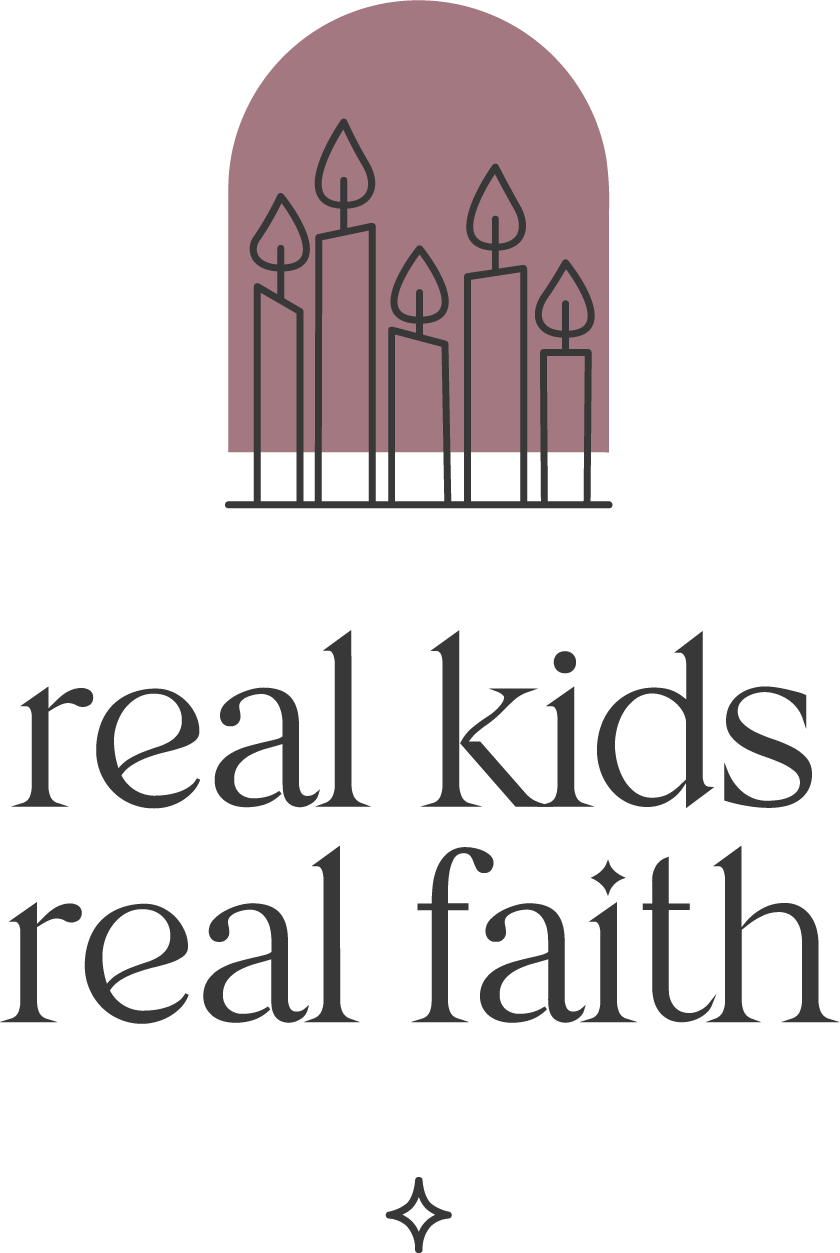“Mom, mom, there’s a cricket in my bed!” yelled my six-year-old son. I hurried down the hall to check out the situation. As I pulled back the covers, he began laughing. “April Fools!” he shouted. “April Fools!”
Studies show that children learn the art and power of deception around the time they turn three. They acquire the skill rapidly through games and other interactions that encourage kids to hide or obscure the truth in order to succeed. Then, as they become more adept at understanding different perspectives and managing their own emotions, their ability to fool others also increases.
While some forms of such deception are negatively labeled ‘lying’, successfully engaging in trickery is often celebrated, especially on April Fools’ Day. Kids and adults enjoy playing tricks on one another. We delight in watching others’ surprise and hope to bond around the joke. And as long as our deception is just a little embarrassing or silly, we usually succeed.
However, nobody likes to feel too foolish. Many people prefer to be the prankster rather than the one pranked. The beauty of April Fools’ Day is that everyone expects to trick and be tricked, all in good fun. For 24 hours, we can scheme and fall victim and laugh together about it.
One role for parents and caregivers is to help children learn to gauge the limits of a good joke. Talk about the difference between fooling someone and doing something that hurts their feelings. Explain the need to keep everyone safe while implementing a trick. And encourage them to watch for signs that others are becoming uncomfortable rather than playing along.
Adults can also model appropriate forms of deception by colluding with young children to trick others. Verbalize your thought process as you plan the deception. Note how you intend to keep the joke harmless. Invite your child to contribute ideas and reflect together on possible outcomes so they can practice anticipating reactions. Then enjoy being pranksters together.
As children get older, explore the difference between playing a harmless prank and tricking others to avoid responsibility or cause harm. Encourage them to think about why they want to deceive someone. Ask: How is fooling someone with a prank different from lying? Discuss where they would draw a line between ‘just having fun’ and ‘lying’. Describe your own line and clarify any family rules or values that you want to inform their thinking.
Most importantly, have fun together fooling people and being fooled. Check out the guide to several simple pranks in Related Resources and try your favorites out on each other. Then take a few minutes at the end of the day to relive your experiences and laugh some more.

Comments